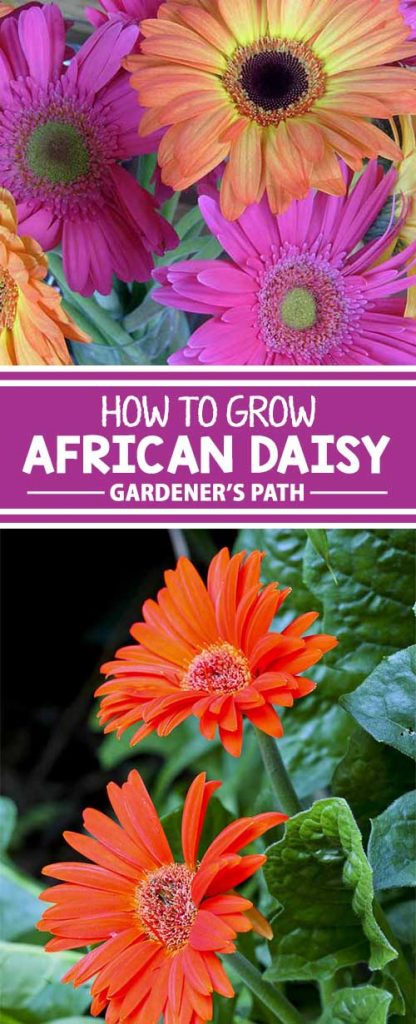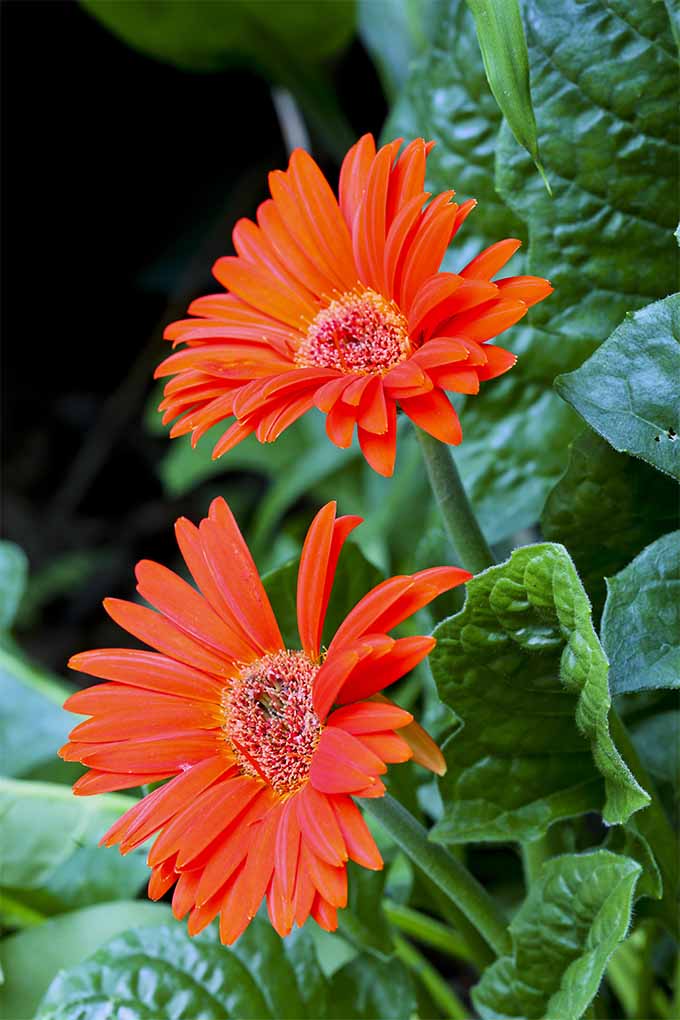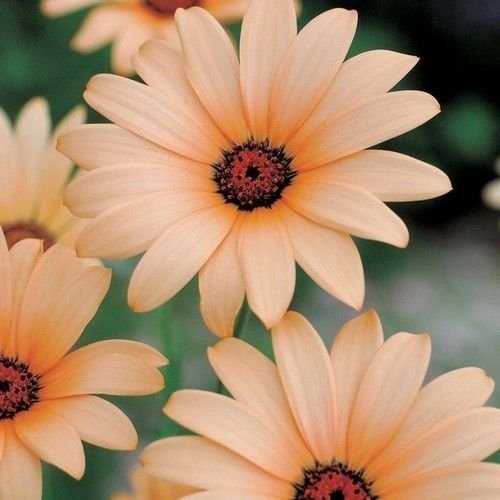But in the gardening world, we have a particular reason to thank this diverse nation on the southern tip of the African continent.
Also known as African daisies, the cape marigold (Dimorphotheca sinuata) is a botanical gift that now thrives in many parts of the United States as a lovely annual that has even naturalized itself in California, Oregon, and Arizona. After a brief interruption, we’ll tell you all about this hardy beauty and how you might be able to add a piece of Africa to your own garden.
Rainbow of Colors From a Rainbow Nation
Like the rainbow nation it comes from – so dubbed by Archbishop Desmond Tutu to describe South Africa’s diverse peoples – cape marigold also grows in a rainbow of colors, including white, tan, purple, yellow, gold, orange, and red-orange. Apparently, long, long ago in a land far, far away, Osteospermum were included in the genus Dimorphotheca. However, as they are wont to do, botanists did the plant shuffle, and Osteospernum was moved out… leaving mass confusion. Other than to mention that Osteospermum is a perennial, whereas Dimorphotheca is an annual, and to say that both are in the Asteraceae (aster) family, we’ll leave any further discussion aboutOsteospermum for another day. The two- to four-inch flower — which opens in the morning and closes at night — is typically daisy-like, with a single or double layer of radial petals. This prolific bloomer grows to between eight and 18 inches tall, with a 12-inch spread. While its appearance is lovely, its innards are toxic, so it’s not one to add to the salad mix. It is grown throughout the United States in Zones 3-10, and attracts bees and butterflies.
How to Choose?
Blowin’ in the Wind
These drought-tolerant pretties want full sun, so place them accordingly. You may be able to find seedlings at a garden store, or if you plant seeds, sow in early spring to a depth of 1/16 inch. Salmon African Daisy Seeds White African Daisy Seeds
Mixed Colors African Daisy Seeds To add a number of colors to your garden, check out this rainbow seed mix from True Leaf Market. The plants do well spaced nine to 12 inches apart, but will also tolerate a bit of crowding, and produce a breathtaking color mass.
Cape marigold aren’t too picky about soil, and will do well in poor, sandy soil, as long as it is well-drained. Light loam is okay, too, but you might not have great luck with clay. This plant will reseed, but its brownish, papery seeds are easily blown away. Your best bet is to collect the seeds and plant them yourself next season. In fact, the seeds’ tendency to blow away and infiltrate other garden areas is cause for concern in some parts of the American Southwest, where conservationists have expressed concern about the extremely drought-tolerant cape marigold “taking over” areas once populated by native species.
A Little Water, Some Food, and That’s It
Keep young plants moist, until they reach about four inches tall. Then, you can allow them to survive on rainwater, unless you experience a particularly long dry spell. Too much water produces a leggy, floppy, and sprawling plant.
You can apply a balanced fertilizer a couple times during the growing season, but you may find you don’t even need that. Deadhead spent blooms to keep flowers coming back. These easy-care plants aren’t plagued to any large degree by any particular pests or diseases.
An International Delight
Queue up some Ladysmith Black Mambazo on your outdoor speakers, sit on the porch with a glass of iced rooibos tea, gaze at the masses of colorful, daisy-like flowers, and enjoy your virtual visit to South Africa!
These trouble-free flowers will reward you with profuse and lovely hues all summer long. Product photos via Underthesunseeds, Seedville and True Leaf Market. Uncredited photos: Shutterstock.








